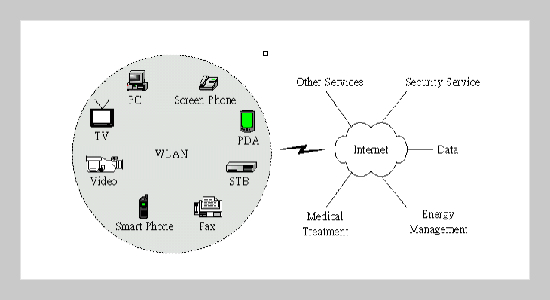Cheng-Yuan Ku This email address is being protected from spambots. You need JavaScript enabled to view it.1 , Chang-Jinn Tsao This email address is being protected from spambots. You need JavaScript enabled to view it.2 and David Yen This email address is being protected from spambots. You need JavaScript enabled to view it.3 1Department of Information Management National Chung Cheng University Chia-Yi County, Taiwan 600, R.O.C.
2Embedded Systems Laboratory Institute for Information Industry Taipei, Taiwan 106, R.O.C.
3Department of Decision Sciences and Management Information Systems Miami University Oxford, Ohio 45056, U.S.A.
Received:
October 30, 2001
Accepted:
February 20, 2002
Publication Date:
March 1, 2002
Download Citation:
||https://doi.org/10.6180/jase.2002.5.1.08
In this paper, we propose a closed-loop structure of intelligent policy system for wireless channels allocation of IA (information appliance). At first, an approximated mathematical model and optimality equations of dynamic programming is defined. Then, the optimal control policy for this model can be computed via the method of successive approximation. Based on this algorithm for computing optimal policy, we design an intelligent system with feedback control to regulate the allocation of limited wireless channels. This intelligent system will continuously detect the status of usage of wireless channels. Once the system parameters deviate the predefined threshold or the prioritized weight for any type of in-coming request needs to be adjusted, the recomputing mechanism will be activated. Then a new optimal control policy is figured out and saved in database for use. Such a feedback control mechanism ensures that the performance of IA will keep near to the optimal level from time to time.ABSTRACT
Keywords:
Information Appliance, Intelligent Policy System, Wireless Communication, Queueing Theory, Dynamic Programming
REFERENCES
















